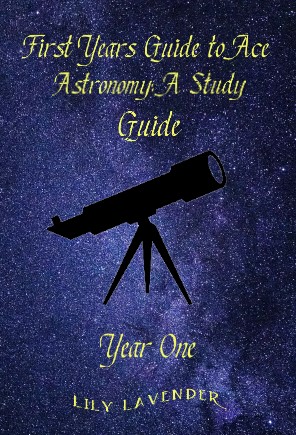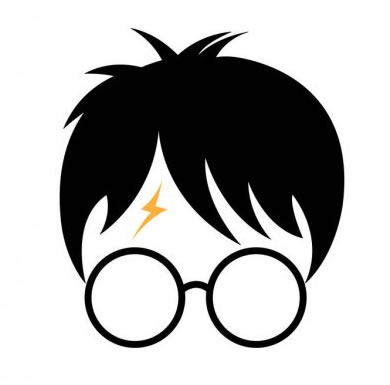First Years Guide to Ace Astronomy: A Study Guide
By Lily Lavender
This book is intended for all who need a quick study reference guide for ASTR-101. It has a glossary of terms & its appropriate meanings for the entire course. Each chapter is based on a lesson; where it won't go into grave detail, but will give you the necessary components to study for upcoming tests & assignments. This does not include mid-term & final exams. All detailed information about each topic is in your official lessons with the Professor. DO NOT COPY AS IT IS PLAGIARISM!
Last Updated
May 31, 2021
Chapters
10
Reads
7359
Lesson Eight Study Guide
Chapter 9
Comets, Meteors, Meteoroids, & Meteorites
The size of a comet can be between a few 100 m to tens of kilometers. Light & radiation of the Sun uses a pressure to force the atmosphere farther from the comet, which forms gas & dust. Halley's Comet is the most popular comet named after Edmond Halley. From 1952 to 1981, a rock band was formed called Bill Haley & His Comets. Halley's Comet has been studied since 240 BCE up to 1986 & its upcoming perihelion isn't until 2061. The Hale-Bopp Comet was discovered in 1997 & Alan Hale & Thomas Bopp founded it. Meteor showers happen when multiple meteors go across the sky at the same time frame. When meteor showers happen, they come from the radiant & are named in accordance to the constellation. Meteoroids stay in perfect condition while in space, but when it lands on Earth (meteorite), the surface is filled with earthly materials.
Asteroids & Dwarf Planets
Ceres is the biggest asteroid we know. Asteroids don't need an atmosphere due to having no ices to evaporate. Ida is one of the first asteroids to be uncovered with a moon, named Dactyl. Pluto was found in 1930. In 2005, Eris was found & it was the same size as Pluto. If a planet has the first & second condition but not the third condition, then the planet is a dwarf planet. The three conditions for a planet are:



